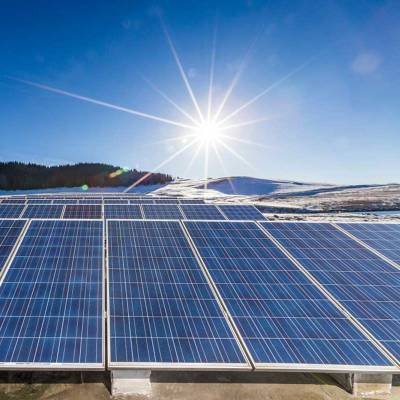

RK Singh, Union Minister of Power and New and Renewable Energy, confirmed that the government has agreed to loosen the Approved List of Models and Manufacturers (ALMM) for two years. The target of increasing solar capacity from little over 60 GW to 280 GW by 2030 could have been compromised due to the lack of indigenous manufacturing capacity, which the minister cited as one of his justifications for the choice.
He noted that if domestic manufacturers produced all of the modules, it would take the nation seven years to meet demand. “We can't wait seven years, though. I have decided to relax ALMM for two years. In addition, several nations have petitioned the WTO to oppose ALMM; we will fight it there”, he stated.
The decision is anticipated to provide relief to solar developers who have been battling to find modules at a reasonable price since Basic Customs Duty (BCD) on modules was increased to 40% last year. The requirement that developers source modules solely from companies listed under ALMM put additional pressure on them.
The overall capacity mentioned in the ALMM is roughly 21 GW and comprises 83 module makers, according to the most recent list of models and module manufacturers. While relaxing the ALMM mandate would benefit developers, module makers have expressed concerns about a Chinese module influx through ASEAN nations, which would avoid the 40% BCD because of their free trade agreements, which would supersede the import tax.